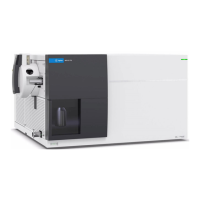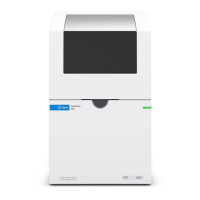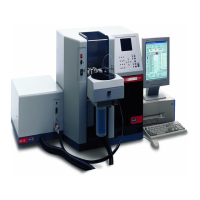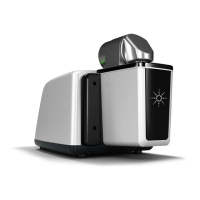dB/dBm Scaling
The dB and dBm scaling functions, which apply to ACV and DCV measurements only, allow you to scale measurements
relative to a reference value.
Front-panel Menus
The dB and dBm functions are accessed from the second softkey in the [Math] menu.
When the first softkey in the dB / dBm menu is enabled, as shown below, you will see one of the following menus:
When function is dB:
When function is dBm:
dB Scaling
Each dB measurement is the difference between the input signal and a stored reference value, with both values
converted to dBm:
dB = reading in dBm – reference value in dBm
The relative value must be from -200 to +200 dBm (default 0). You can either measure this value by pressing
Measure Ref Value, or you can enter a specified value.
dBm Scaling
The dBm function is logarithmic, comparing power delivered to a reference resistance, relative to 1 milliwatt:
dBm = 10 x log
10
(reading
2
/ reference resistance / 1 mW )
The reference resistance value (Ref R) may be 50, 75, 93, 110, 124, 125, 135, 150, 250, 300, 500, 600 (default),
800, 900, 1000, 1200, or 8000 Ω. Press Ref R and use the front-panel up and down arrows to make your selection.
See Also
Math - Introduction
Null
Statistics
Limits
Agilent Truevolt Series DMM Operating and Service Guide 55
